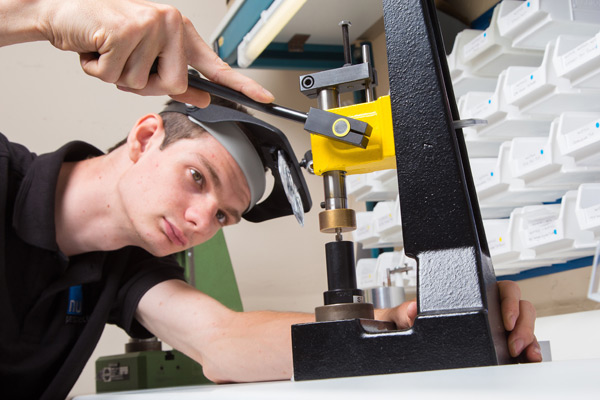In 2018 we undertook a survey. We asked medtech manufacturers how they were dealing with the shortage of skills in this very specific area of industry.
The commercial study revealed that:
- Manufacturers prefer to outsource specialist cryogenic engineering work such as concept design, prototyping and manufacturing
- Manufacturers expressed an increases interest in partnering with cryogenic consultancies
- Manufacturers need a one-stop-shop resource – including problem-solving, advising, servicing, production management, safety related issues, reverse engineering, support for legacy products, new product design, innovation and product improvements
- There are very few cryogenic consultancies in the UK and Europe which have significant experience in engineering precision cryogenic instruments and cryosurgical devices in particular
In our view, the medical device and cryogenics markets in the US are arguably more mature. The sheer volume means that there is a stronger supply chain, and therefore more opportunity to gain the precision skills needed.
However, we have found that many cryogenicists start their careers within the industrial areas, as that’s where the greatest demand is. They don’t move into the niche area of cryogenic medtech, hence the shortage of specialist skills.
“If you look at the very strict regulatory nature of medtech, it means that medical cryogenic engineering becomes a niche within a niche as the requirements are so specific and demanding,” said Nu Perspectives Director, Gareth Copping.
Manufacturers reluctant to bring cryogenic skills in-house
The research also showed that manufacturers are wary of bringing cryogenic expertise in-house, despite the fact that their internal engineering teams have very good med tech experience, but almost exclusively lacked the full cryogenic skillset.
An example of where a manufacturer might consider using existing in-house design resources could be the development of the single use cryosurgical medical device. At a glance, these might appear simpler and easier to design than a reusable version. Whereas in reality, these stripped back products often pose even greater design dilemmas.
The devices still have to endure the same extreme operating conditions, so the challenge is to achieve performance, reliability and absolute safety in a simple and low-cost accessory, which is ultimately disposable.
Knowledge of suitable materials and manufacturing processes, together with an instinctive feel for what will and won’t work, is really important in achieving the best results. There is an elegance in balancing the requirements for safety and performance with simplicity and lowers possible cost and this comes from years of practical experience and experimentation in this specific field.
The cryogenics skills gap
Companies investing in cryogenic medical device innovation seek, but don’t always find, the expertise they need.
For example, we were asked to get involved with the development of a liquid nitrogen-based cryosurgical device, whose novel concept was based around greater inherent safety.
The development of a successful, initial prototype, carried out by a group of specialists, but disconnected sub-contractors, stalled. The lack of specific cryogenic expertise and failure to adopt an effective overall system approach, meant the project could not proceed.
In order to achieve effective treatments, cryosurgical devices need to be designed so that they achieve precise, repeatable performance. Cryoprobes are usually complex laser-welded assemblies, incorporating micro-drilled holes to help control flow, in tandem with accurate pressure control systems. So many disciplines are brought together in this process.
The combination of invasive surgery, cryogenic temperatures and high-pressure gas can appear high risk. This means safety is key, so the system needs to include multi-layers of protective measures.
Our design team has a uniquely diverse range of engineering design skills, that cover not only the cryogenic elements but also crucial aspects of the wider system design of a cryosurgical device.
The team were able to assess the design and make improvements very quickly, by optimising the probe tip design and also improving cryogenic transfer efficiencies, reliable performance together with greater depth of freeze was achieved.
The ability to provide this range of expertise in-house, things like fluid control, electronics, software design and all aspects of mechanical design. results in greater cohesion and understanding. Having all relevant disciplines under one roof allowed us to achieve success while preserving the novelty and integrity of the initial technology concept.
The future of the UK’s cryogenic consultancy capability
Global companies need to see the UK as a high-quality provider of cryogenic services, for all industry sectors including medtech. It’s important that the UK becomes a major force with a strong reputation.
Nu Perspectives wants to help build this reputation alongside the British Cryogenics Council and fully support them in their efforts to enhance awareness of the inducts, and the work carried out by cryogenicists across the UK.

